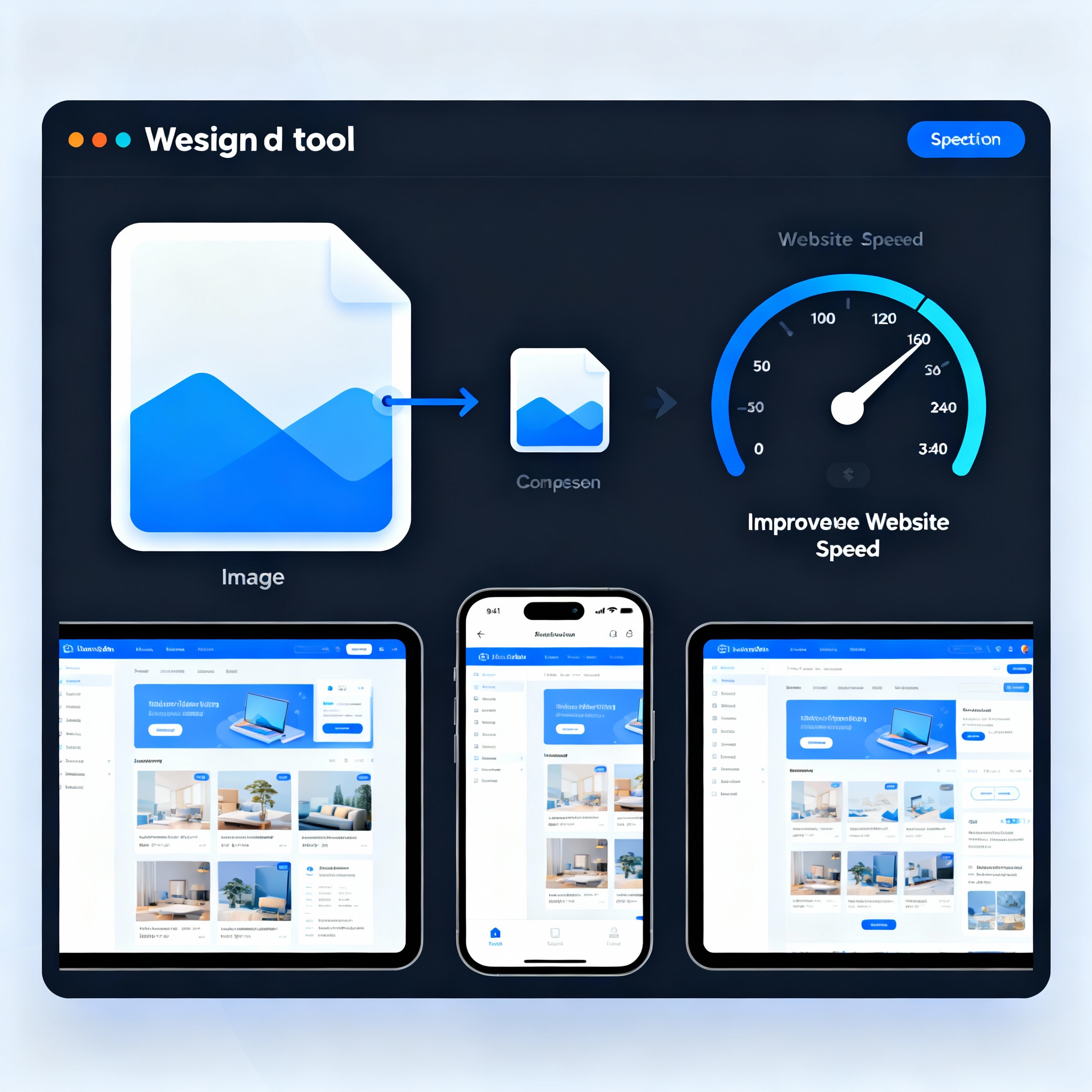
Image optimizer
Created on 18 October, 2025 • Image Manipulation tools • 23 views • 2 minutes read
An image optimizer is a tool or software solution designed to reduce the file size of images—such as JPGs, PNGs, GIFs, and even SVGs
Image Optimizer: Boost Website Speed and SEO With Efficient Image Compression
What Is an Image Optimizer?
An image optimizer is a tool or software solution designed to reduce the file size of images—such as JPGs, PNGs, GIFs, and even SVGs—without sacrificing visual clarity. By intelligently compressing graphics, image optimizers improve website performance, enhance user experience, save bandwidth, and support higher rankings on search engines.
How Does an Image Optimizer Work?
Compression Techniques
Image optimizers use advanced methods to shrink files, including:
- Lossless compression: Removes unnecessary data without affecting image quality.
- Lossy compression: Slightly reduces quality for much smaller sizes, often imperceptible to human eyes.
- Format conversion: Changes images to more efficient formats (like WebP or AVIF) for further savings.
Automation and Bulk Processing
Most modern optimizers allow batch processing so you can compress dozens or hundreds of images at once. They can integrate with content management systems, CDNs, or web development workflows, converting and optimizing images during uploads or deployment.
Key Benefits of Using Image Optimizers
Faster Loading Websites
Compressed images load quickly, keeping visitors engaged and reducing bounce rates. Faster sites provide a smoother experience for both desktop and mobile users.
Improved SEO and Rankings
Search engines like Google reward websites with fast load times and properly-optimized images. ALT text, file naming, and reduced image sizes all contribute to better search visibility and Core Web Vitals scores.
Reduced Bandwidth and Hosting Costs
Optimized images use less bandwidth and storage, saving money for site owners—especially important for high-traffic blogs, e-commerce stores, and apps.
Enhanced User Experience
Quickly loading images and responsive site performance keep users happy, encourage longer visits, and boost conversions.
Popular Image Optimizer Tools
- Online optimizers: TinyPNG, JPEGmini, ImageOptim, Squoosh
- WordPress plugins: Smush, ShortPixel, Imagify
- Build tool integrations: Webpack ImageMin, Gulp image optimizer
These tools support various formats and offer rich features like resizing, format conversion, and batch uploads for complete control over optimization.
SEO and Best Practices
ALT Tags and Descriptions
Always pair optimized images with descriptive ALT tags and file names, improving accessibility for visually-impaired users and signaling relevance to search engines.
Choose the Right File Type
Select formats based on use—WebP for web browsers, SVG for logos, PNG for transparency needs. Each image optimizer offers guidance for selecting the best option.
Conclusion
An image optimizer is a must-have for any website owner or developer aiming for speed, efficiency, and strong SEO. By shrinking image files, you create a lightning-fast website that stands out in rankings and delivers the best experience for your audience.
Popular posts
-
GIF to BMPImage Manipulation tools • 353 views
-
GIF to WEBPImage Manipulation tools • 256 views
-
GIF-to-PNGImage Manipulation tools • 190 views
-
SHA-3/512 generatorConverter tools • 152 views
-
GIF to JPGImage Manipulation tools • 122 views